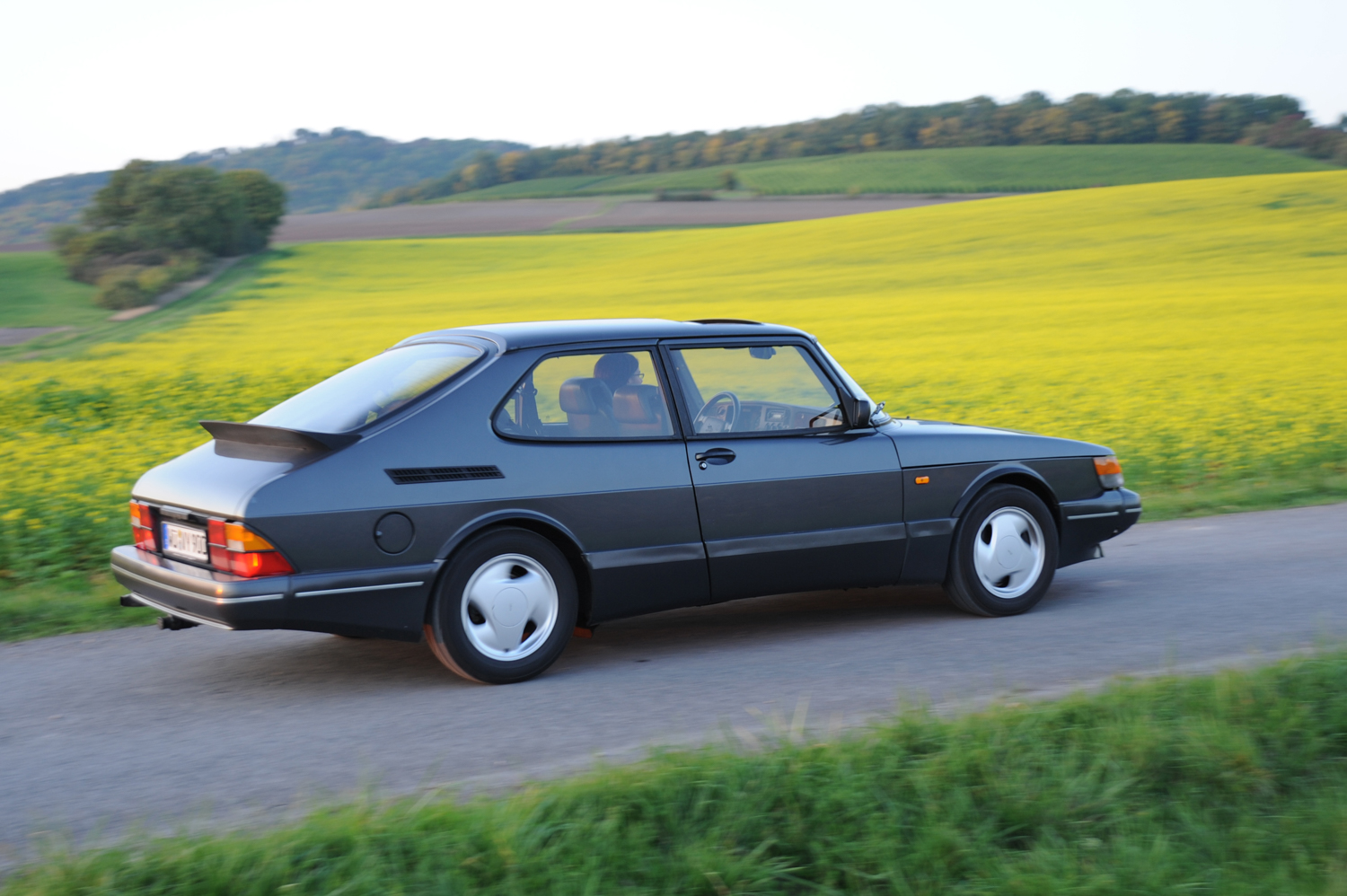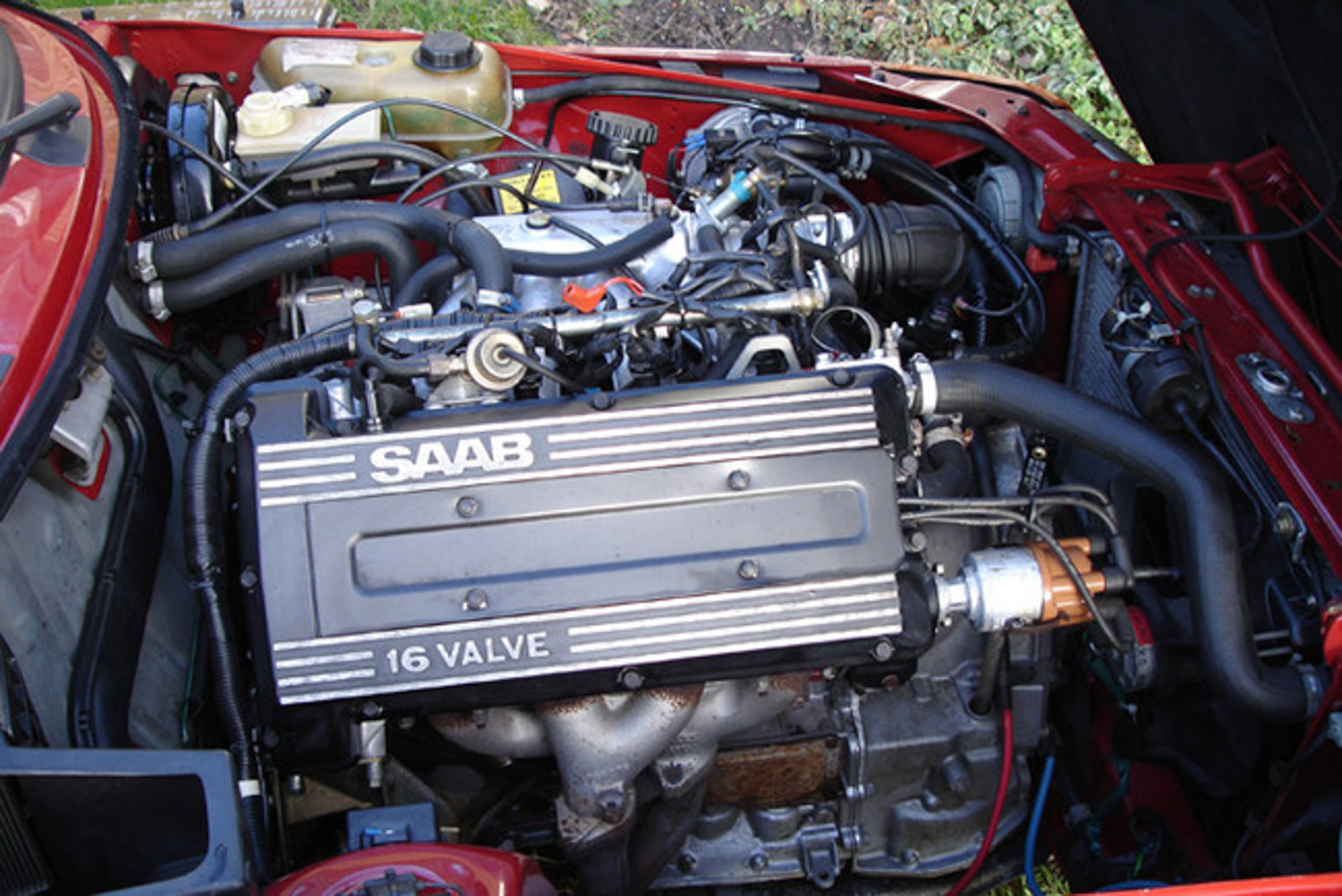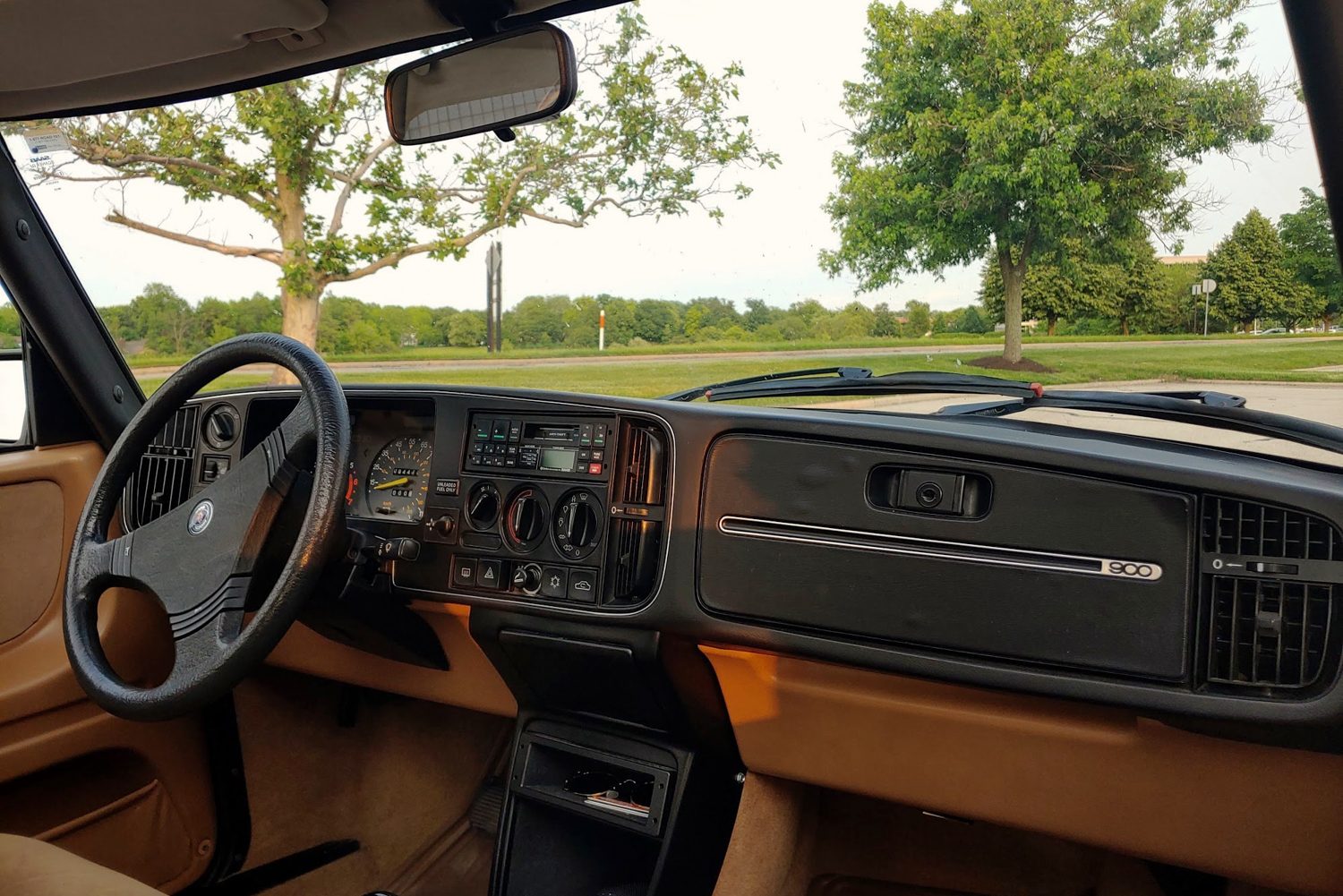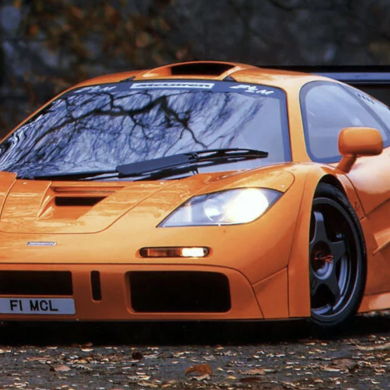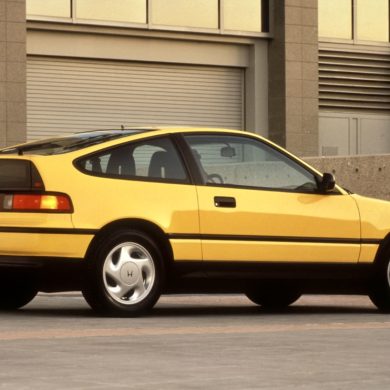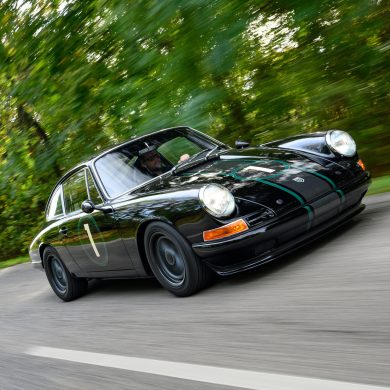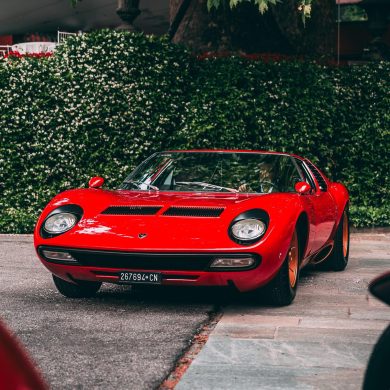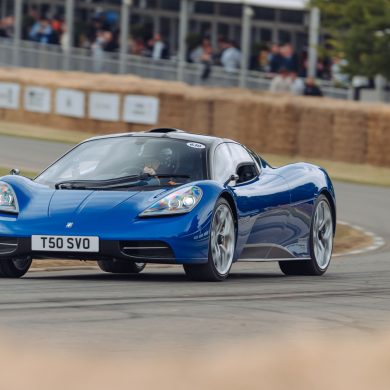I’ve been revisiting a series of cars recently from the period of my youth. There’s something to be said about the cars we saw everyday while young. Even if they were part of our general visual landscape some of them captivated us in a strangely endearing way. The Saab 900 is one of those cars. Quirky, different, and very European, the Saab 900 had a quality about it that offered sporting adventure even though it was, for all intents and purposes, built to be a basic and durable sedan.
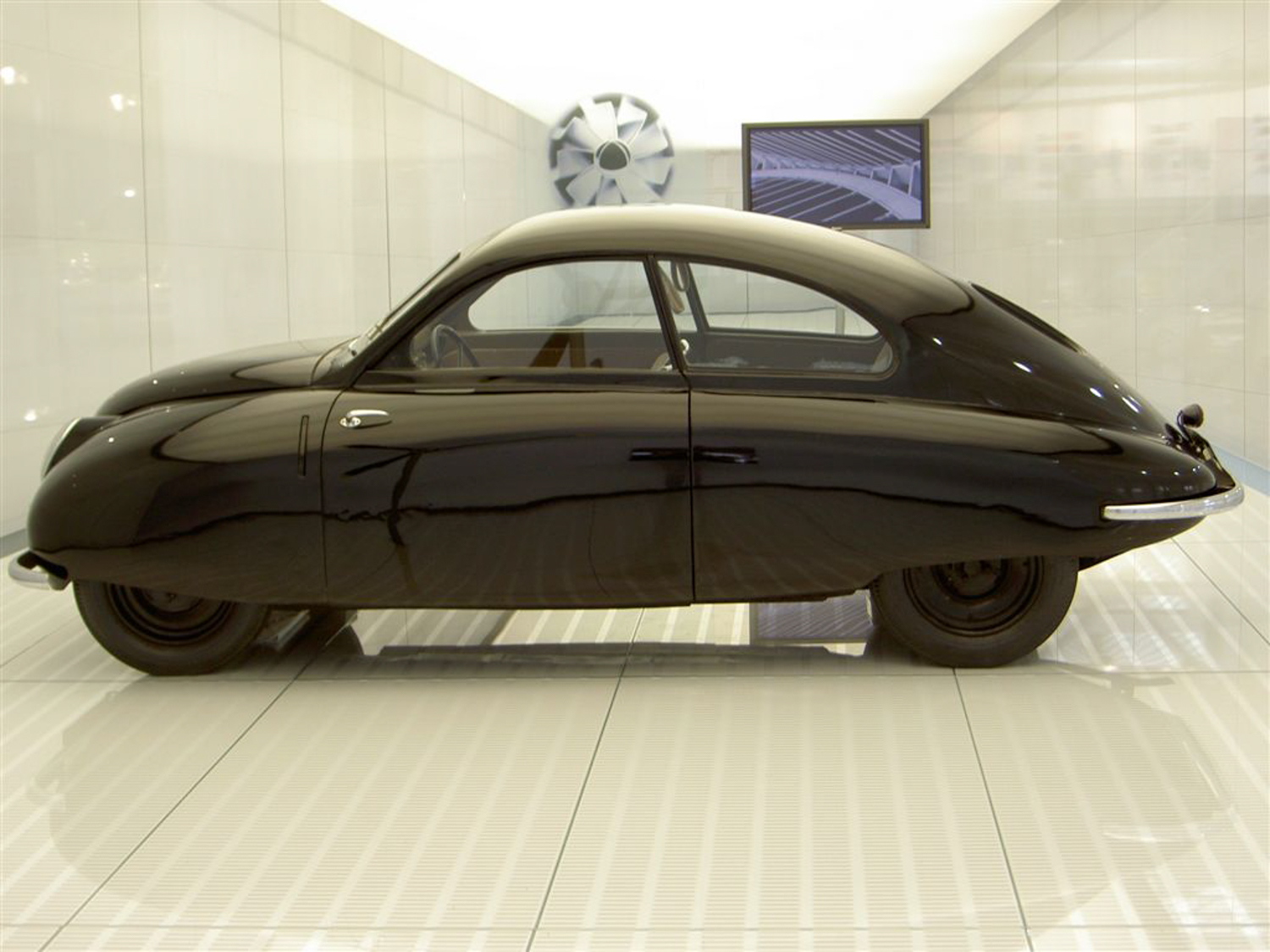
Founded in 1945, it would take another 20 years before Saab would find modest financial footing selling cars on a worldwide basis. Located in Trollhatten, Sweden, a city named for the troll bonnet, a great deal of the lore of Saab is framed around this thriving city. By 1968, the company was producing the Saab 99, followed in 1969 by their merger with Scania, to form Saab-Scania. By 1976, the millionth Saab was sold, but shortly thereafter, one of the most important Saabs would be produced, the Saab 900. The 900 alone would sell more than one million units itself in a matter of years, offering a range of performance and safety features that made these cars top values for the time. Though engineering and impressive build quality were hallmarks of these cars, the growth of Japanese premium luxury brands would eventually force Saab first into a decade of General Motors ownership and eventually bankruptcy. And while a legacy of Saab engineering and superlative performance, driven by their aircraft history, would result in some of the most memorable models, like many brands from the 20th century, Saab would eventually be relegated to collectable status.
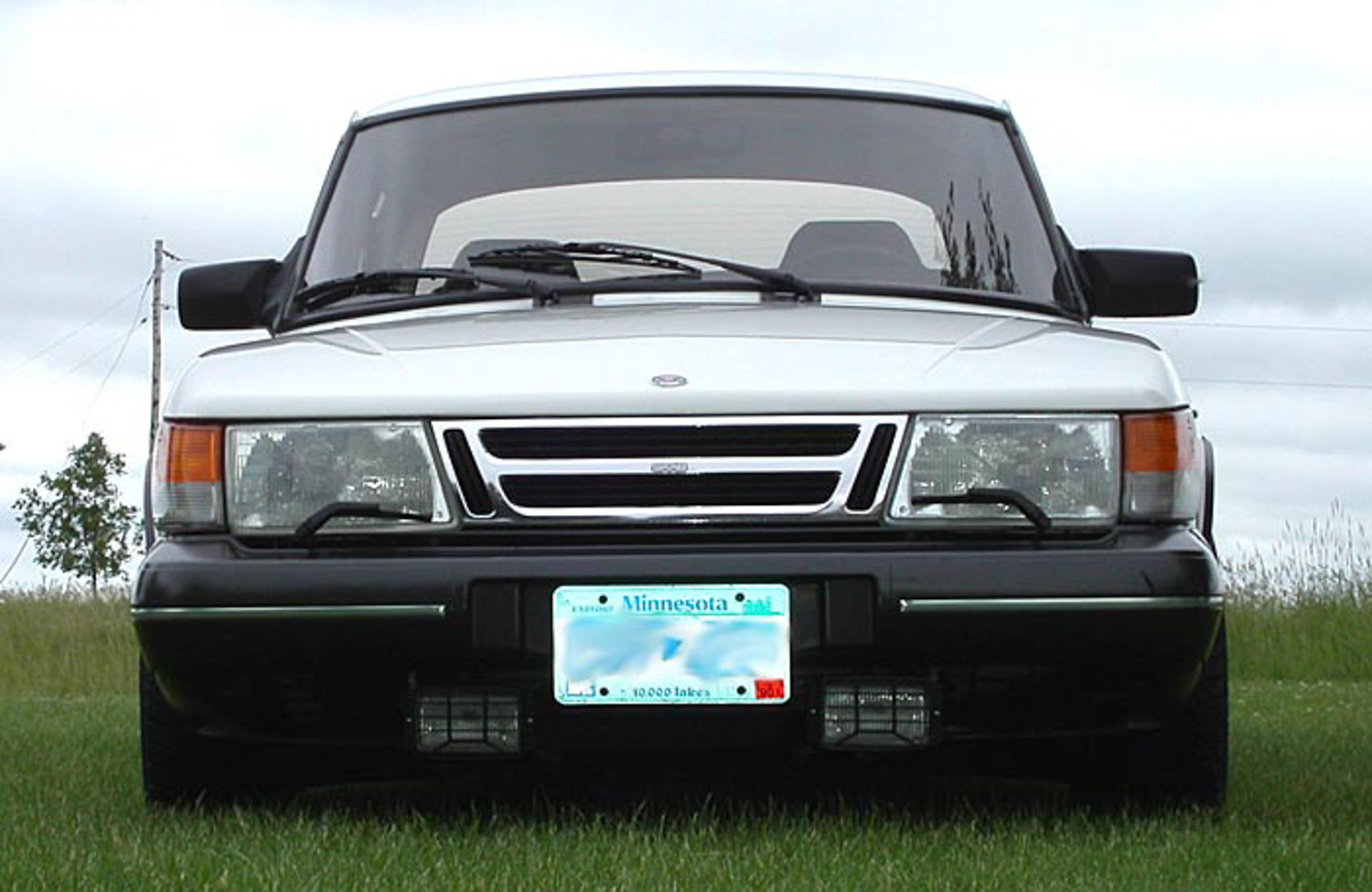
One of the most exciting and dynamic road cars of the 1980s, the Saab 900 was unique from both a design and performance perspective. Offered at the end of the 1970s with a standard 2-liter engine, by 1984 the Turbo 16V performance model coupled with EFI and Intercooler with 5-speed transmission resulted in a superb road car. The performance of this package offered great handling characteristics and smooth highway manners in part due to the double wishbone suspension and handling was further improved in later models outfitted with sway bars. Features like power windows, power sunroof, disc brakes, and leather interior with state-of-the-art stereo sound made for a fantastic package with unique European style and durable performance.
Favored by a wide range of buyers, the 900 Turbo model is considered today one of the most desirable three-door hatch models combining utility, ample rear storage, four passenger seating, and turbocharged performance. In 1985, the Saab 900 was voted “Car of the Year” by Motor Trend and it’s easy to see why. The Japanese luxury sedan market was still in the planning stages so the compact but surprisingly efficient 900 turbo performance package with luxury amenities and durable drivetrain essentially had few competitors.
Innovation was nothing new to Saab. The Saab 99 had already been a breakthrough in design, but then looking back to their earlier cars, Saab had never built a predictable car. The origin of this desire to be different was directly linked to having far less history as a car company and more experience as an aviation company.
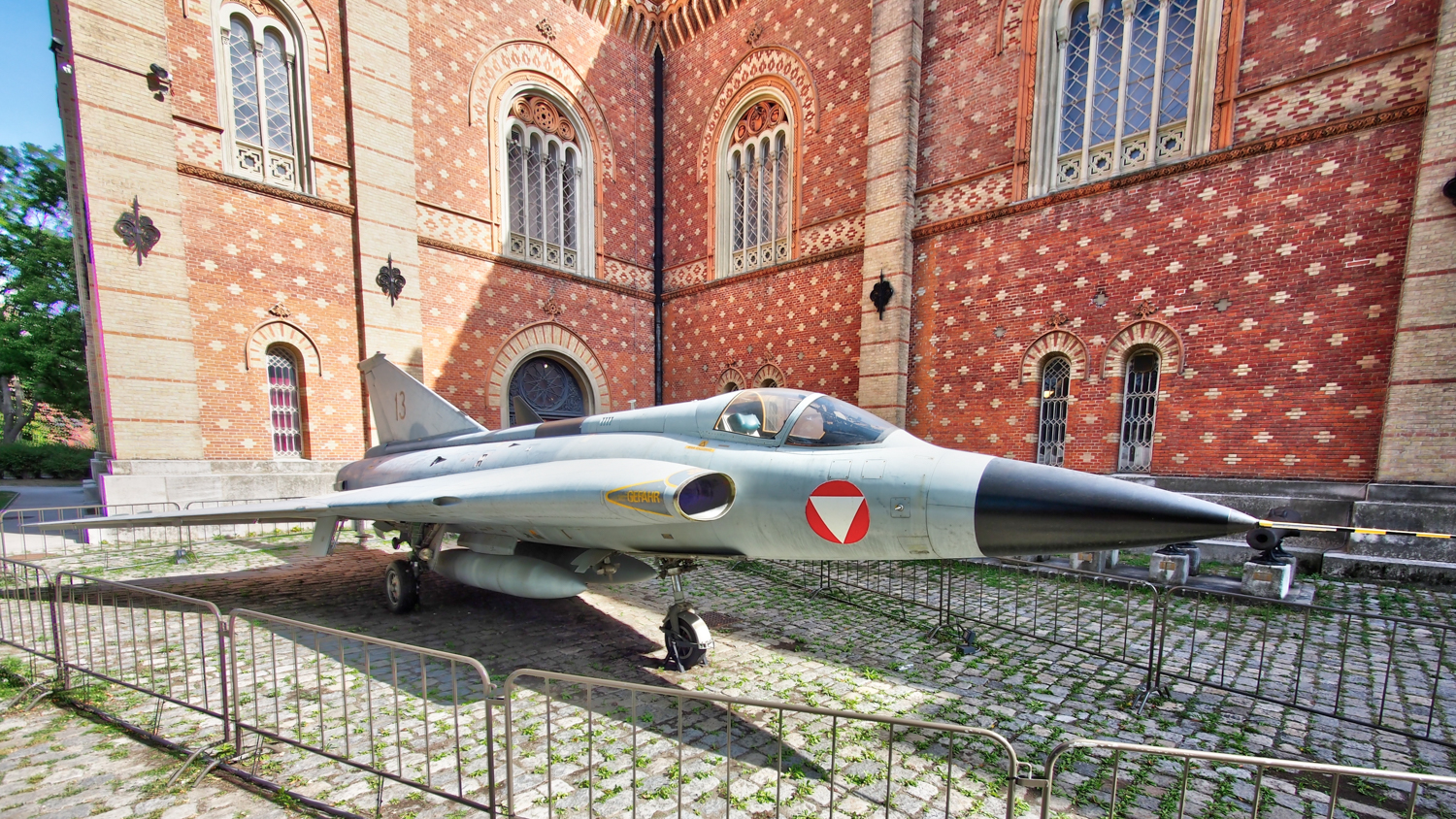
And while this would prove to be an economic deficit from a profit perspective, the cars Saab built were rewardingly novel for those smart enough to purchase them. Impossibly safe with built in roll over protection in the windshield frame, side impact protection, and a panoramic windscreen for improved visibility, these safety features were cohesively blended into a remarkably clean and simple design.
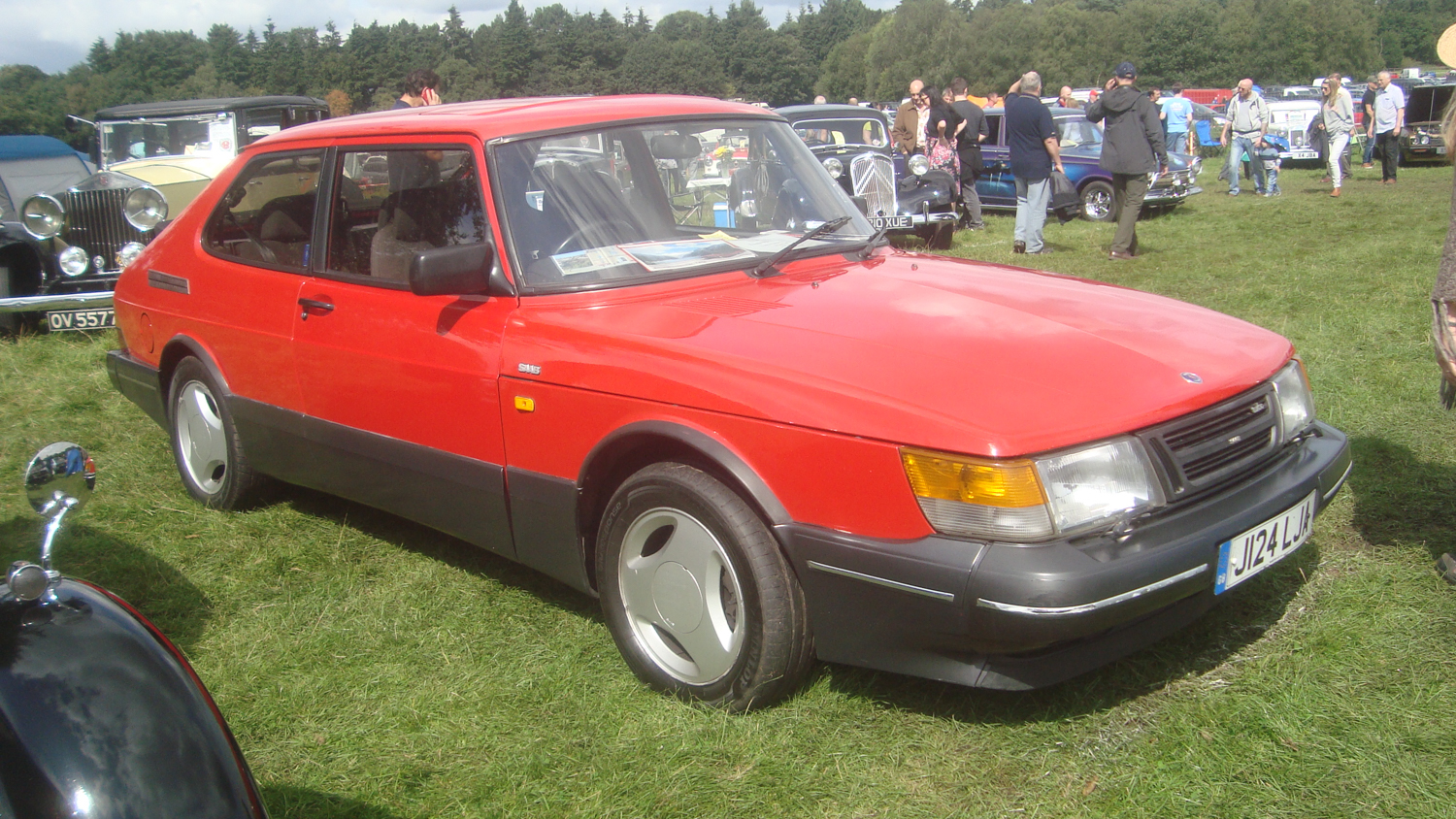
With a surprisingly slippery profile and the added advantage of being developed by aircraft engineers, the Saab 900 with its fuel-efficient engine and aerodynamic body, enjoyed a very low coefficient of drag, making it one of the best cars of the era in this category. Benefiting from a longer wheelbase, the 900 was designed with a tall body and a higher belt line than many other cars of this era. The glass to door relationship is quite advanced for this period and the clean body lines are largely uninterrupted with the exception of the central horizontal bumper band that mercifully relieved the unfortunately large front and rear bumpers typically found in cars of the late ’70s and early ’80s.
Continuing the view of the profile, the curvature of the windscreen is even more evident as the rise of the windshield angle is surprisingly vertical. Though cars of this period were increasingly laying windshields at more of an angle, the taller roof and rigid A-post support structure gives a combined visual and structural stability that is beguilingly sporty, despite being sedan-like. The windshield angle also mimics the angle of the dual slotted horizontal grille, flanked by rectangular headlights, both of which contribute to a much wider visual presence even though the Saab 900 width is a whopping 7” narrower than a 1984 Ford LTD. And remember the city name “troll bonnet”? Perhaps that could be the origin of the unique forward tilting bonnet and articulated hood hinge.
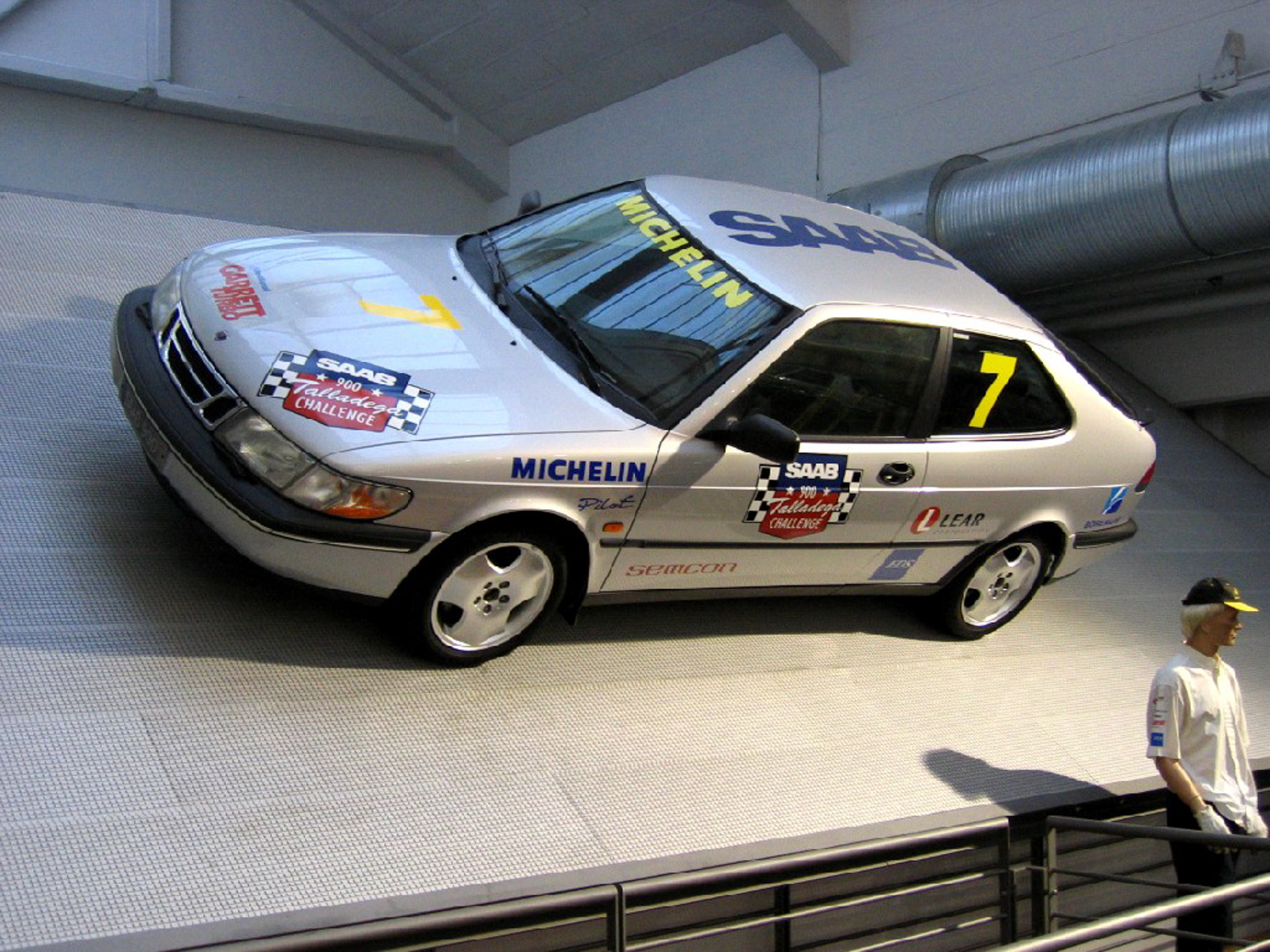
And then there’s the hatch. The hatchback design, while offering substantial rear cargo capacity and ease of access, was cleverly integrated into the upright sedan proportions. Both the glass and the perimeter lines blend into the body sides with scalloped dip edges that aerodynamically contribute to greater rear end stability at high speeds. The flat Kamm-back tail panel also offers aerodynamic benefits and, like so many other views of the 900, gives the car a distinctive sporty presence. Though the 900 series was offered in a range of models including convertible and four-door sedan variants, the 900 coupe remains the most sought after due to the innovative packaging and uniquely sporting design.
Although Saab officially exited automotive manufacturing and made their last car in 2011, late model offerings continued to be highly influenced by the ground-breaking and visually impressive 900 series design found in the beautifully evolved Saab 9-3 Viggen produced from 1999 – 2002, considered to be the last of the best Saabs ever built.


